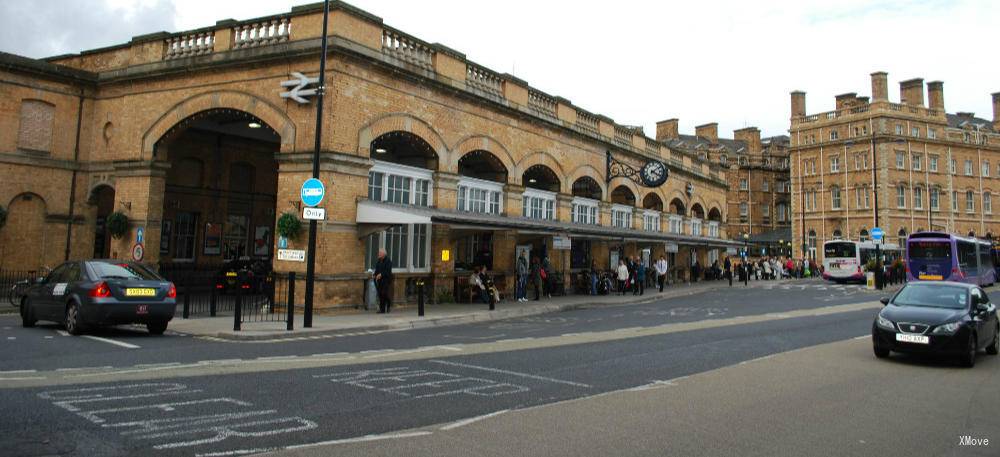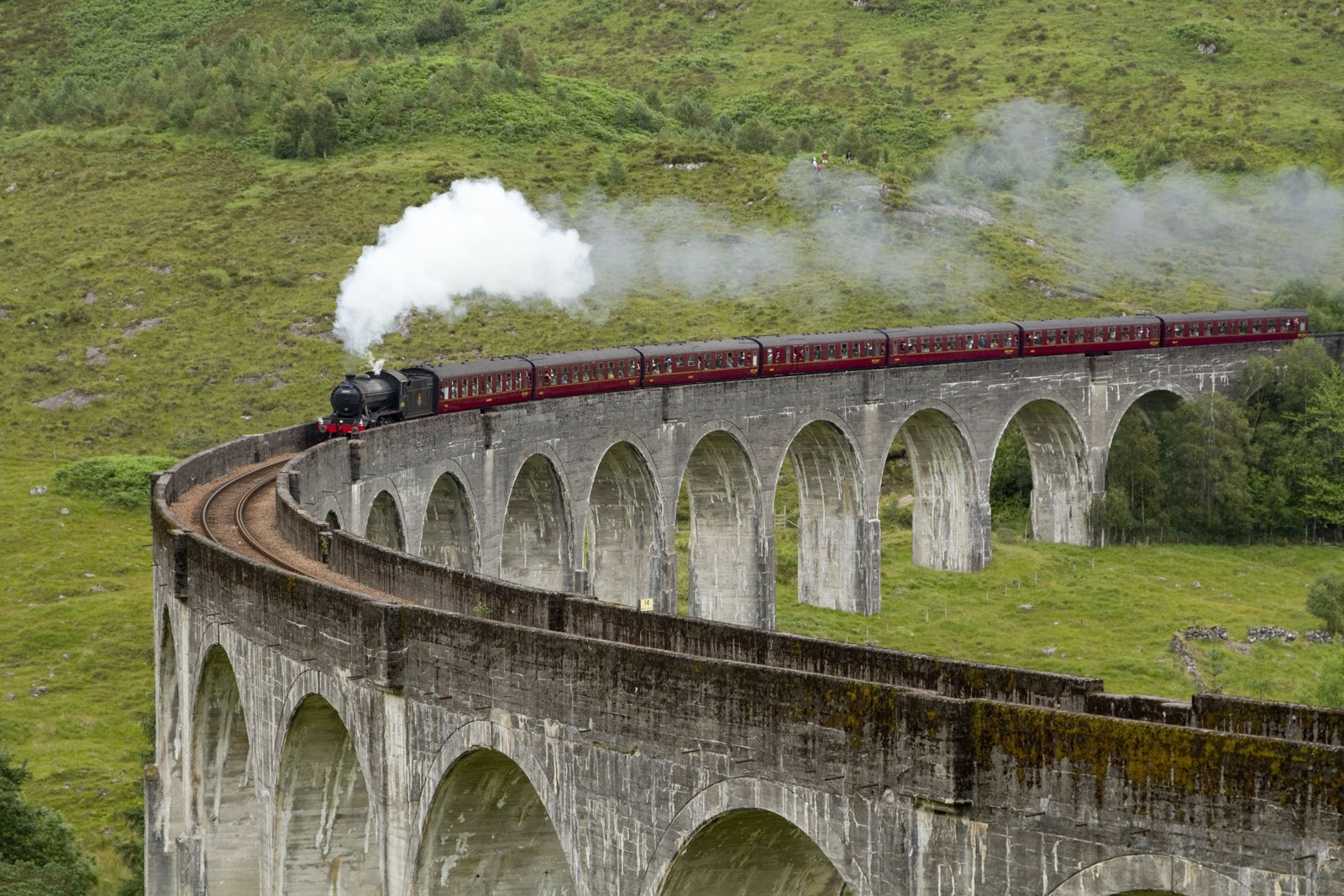York Station
Introduction
York Station, a railway station in the North Yorkshire city of York, England, is located on the main east coast. Although the city of York is small, York Station is an important transportation hub because it is halfway between the railways of Edinburgh and London.
York's most splendid station was built in 1877, but without the impact of the station's stunning architectural style, it offers the facilities that contemporary travelers expect.
Platform
If you are not familiar with York, you can think of it as a station with three parts:
(1) Stations 1-4 can be accessed on the same floor from the main entrance.
Platforms 1 and 3 are on the left and platforms 2 and 4 are on the right.
(2) The platform 5-9 is in the middle, and the platform 5-8 is under the magnificent roof.
(3) Stations 10 and 11 are on the far side of the main entrance of the station, outside the main roof.
The footbridge can only be accessed by stairs, across the middle of the station and connecting the main entrance to stations 5-11. Although you don't have to use the footbridge to get on the train from stations 5-11, there are two tunnels across the station on both sides of the pedestrian bridge. There are elevators at each end of these tunnels, so use these tunnels. Unobstructed access to the train station. These tunnels are on either side of the pedestrian bridge, so when entering the main part of the station, you can turn left to get to one of the subways, turn right and go to the other.
The signage in the station indicates which tunnel is used to reach that station. It doesn't matter which side of the train departs from the 5-11 platform. Strictly speaking, this is the case if your train departs from platform 10 or 11, but if you are going to take the train from station 5-9, it is important to use which tunnel. If your train departs from station 5-6, use the elevator on the long-distance platform and you will see it on the left.
Or, if you turn right, beside the fabulous York Tap Bar, this is the preferred location to wait for the train at the station. Although it is especially convenient for stations 8 and 9, it is usually not so busy and can go to all other stations in the station.
York Station - Station Guide | Departures and Arrivals | Popular Routes








